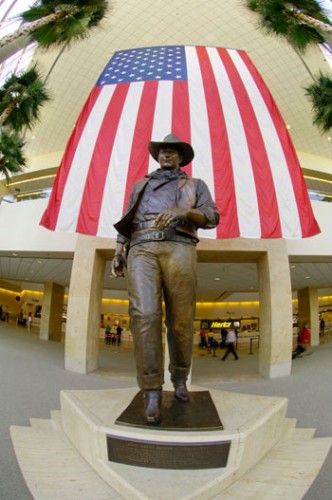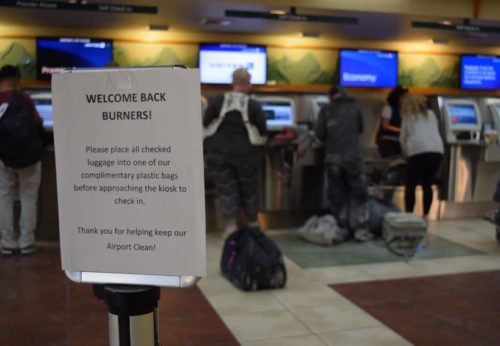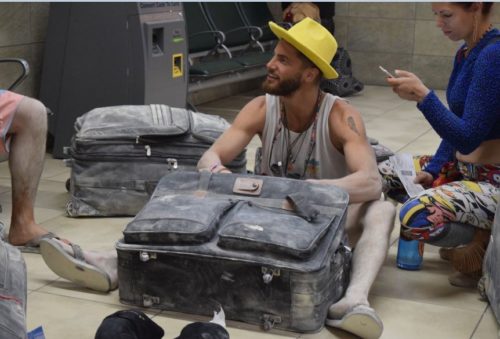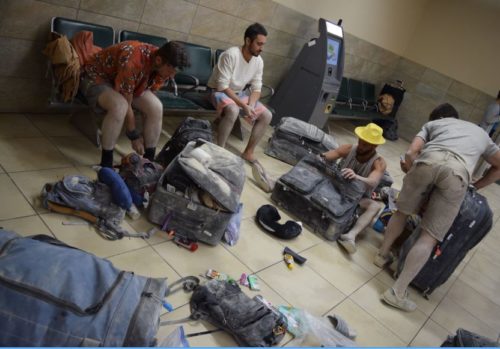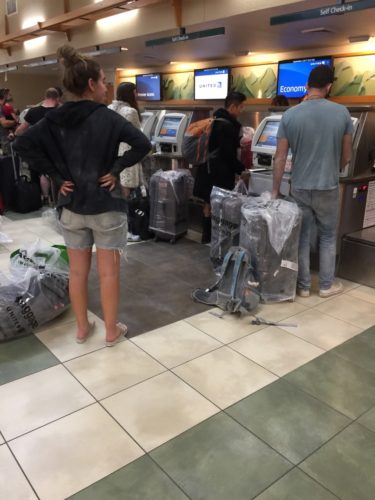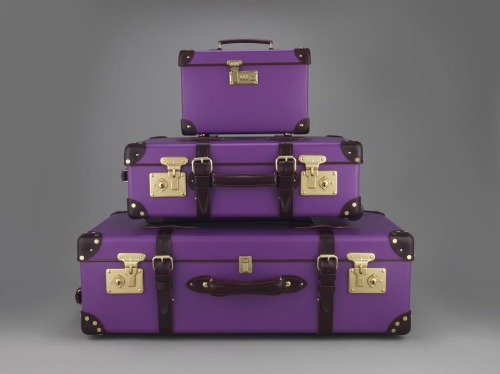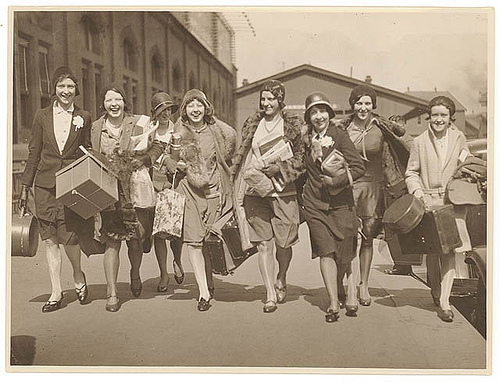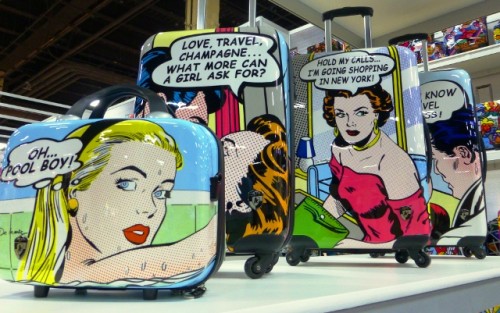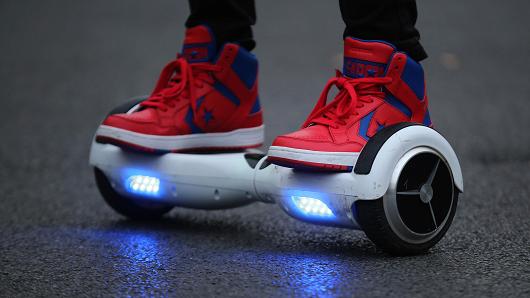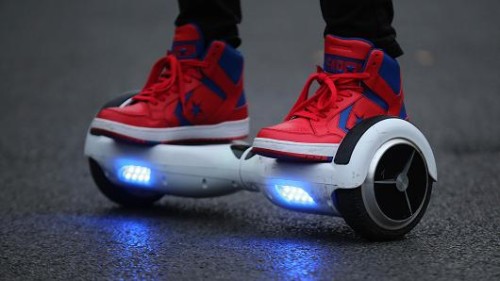This year Orlando International Airport (MCO) gets top ranking for satisfaction among the “mega” airports in J.D. Power’s 2017 North America Airport Satisfaction Study.
Detroit Metropolitan Wayne County Airport (DTW) came in second and McCarran International Airport in Las Vegas ranked third, with scores of 778, 767 and 765, respectively, out of a possible score of 1000.
Among large airports, John Wayne Airport in Orange County topped the list with a score of 796, followed by Tampa International Airport (795) and Dallas Love Field (790).
Sacramento International Airport got the highest marks among the medium airports (810), followed by Indianapolis International Airport (807), and Ted Stevens Anchorage International Airport (806).
The study, one of several ‘biggies’ that come out each year, ranks traveler satisfaction with mega, large, and medium North American airports by weighin six factors (in order of importance): terminal facilities; airport accessibility; security check; baggage claim; check-in/baggage check; food, beverage and retail.
J.D. Power notes that ratings are up 18 points overall compared to last year’s all-time high, due to a 25-point increase in satisfaction with security checks (thanks to a drop in TSA staffing issues) and more satisfaction with check-in/baggage check (+19 points) and food, beverage, and retail (+15 points). Self-service bag-check kiosks and other bag-tagging technologies got credit for raising satisfaction with the baggage check process.
Here are the Top 10 airports in each category:
“Mega” airports:
- Orlando International Airport
- Detroit Metroplitan International Airport
- McCarran International Airport
- Phoenix Sky Harbor International Airport
- Denver International Airport
- Charlotte Douglas International Airport
- Minneapolis-St. Paul International Airport
- Dallas-Fort Worth International Airport
- San Francisco Internaitonal Airport
- Seattle-Tacoma International Airport
Large Airports
- John Wayne Airport
- Tampa International Airport
- Dallas Love Field
- Nashville International Airport
- Portland International Airport
- Willliam P. Hobby Airport (Houston)
- San Diego International Airport
- Reagan National Airport
- Salt Lake City International Airport
- Baltimore-Washington Thurgood Marshall Airport
Medium Airports
- Sacramento International Airport
- Indianpolis International Airport
- Ted Stevens Anchorage International Airport
- Jacksonville International Airport
- Palm Beach International Airport
- Southwest Florida International Airport
- Pittsburgh International Airport
- Raleigh-Durham International Airport
- Buffalo Niagara International Airport
- Ontario International Airport
You can see the full lists and the scoring here.

